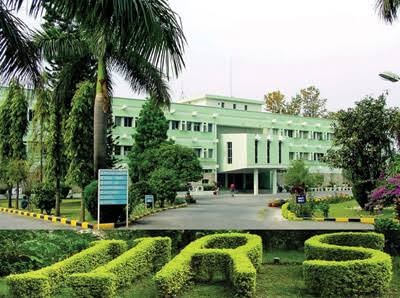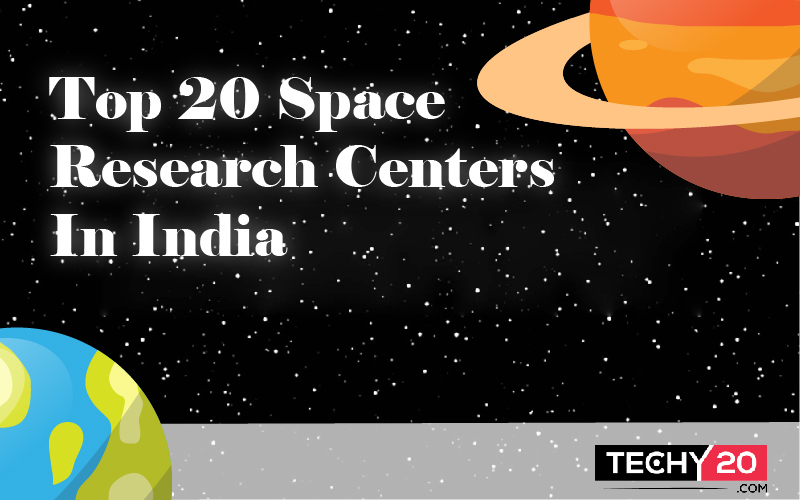When the Government of India established the Indian National Committee for Space Research (INCOSPAR) in 1962, India decided to go to space. INCOSPAR established the Thumba Equatorial Rocket Launching Station (TERLS) in Thiruvananthapuram for upper atmospheric research under the direction of the visionary Dr. Vikram Sarabhai. Since ISRO’s inception, it has consistently affirmed its mission of introducing space to the service of the common person and the nation. As a result, it has grown to be one of the world’s largest space agencies. ISRO maintains one of the most extensive fleets of communication satellites (INSAT) and remote sensing satellites (IRS), to meet the ever-increasing demand for fast and dependable communication and earth observation, respectively.
1. Vikram Sarabhai Space Center
ISRO’s lead center for the design and development of launch vehicle technology is the Vikram Sarabhai Space Center (VSSC) in Thiruvananthapuram. Aeronautics, space physics, materials, propulsion, mechanisms, avionics, vehicle integration, chemicals, space ordnance, structures, and system reliability are all active research and development areas at the center. The Center is responsible for the critical design, analysis, manufacturing, development, and testing subsystems for various missions. These are sustained by activities that contribute to the programme. Planning and evaluation, industry coordination, technology transfer, human resource safety, and development are all important aspects. All civil works associated with the center are planned, carried out, and maintained. Administrative and auxiliary services assist in the Center.
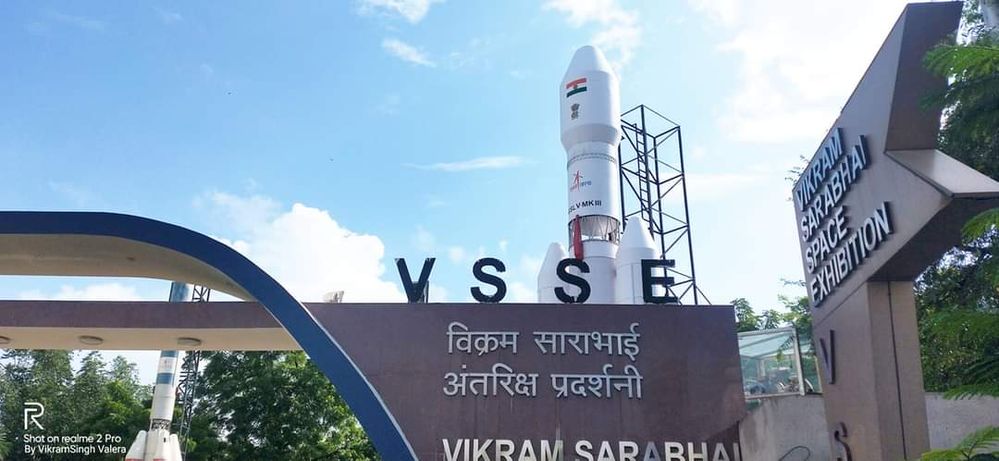
2. Satish Dhawan Space Center
Satish Dhawan Space Center (SDSC) SHAR, Sriharikota, India’s Spaceport, is in charge of supplying Launch Base Infrastructure for the Indian Space Programme. This center has facilities for solid propellant processing, static testing of solid motor, launch vehicle integration and launch operations; range operations (telemetry, tracking, and command network); and a mission control center. Sounding rockets are launched from a distinct launch pad at SDSC SHAR. The center also offers the required launch infrastructure for ISRO’s sounding rockets, as well as assembly, integration, and launch of sounding rockets or the payloads.
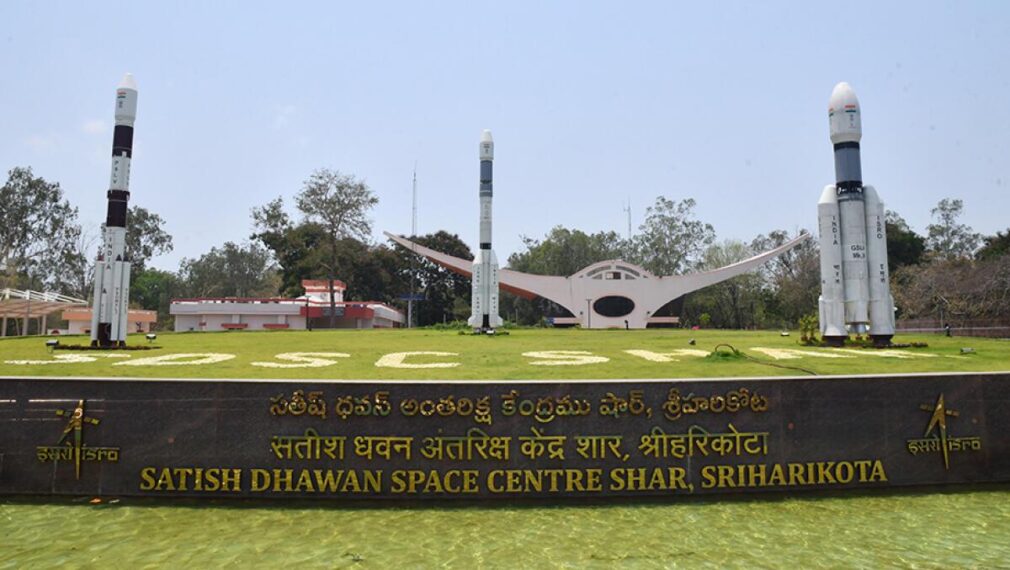
3. Liquid Propulsion Systems Centre
The Liquid Propulsion Systems Centre (LPSC) is ISRO’s design, development, and manufacturing facility for liquid propulsion stages. This center also develops fluid control valves, transducers, propellant management equipment for vacuum conditions, and other key components of liquid propulsion systems. The activities and facilities of LPSC were spread across two campuses: LPSC, Valiamala, Thriruvananthapuram, and LPSC, Bengaluru, Karnataka.
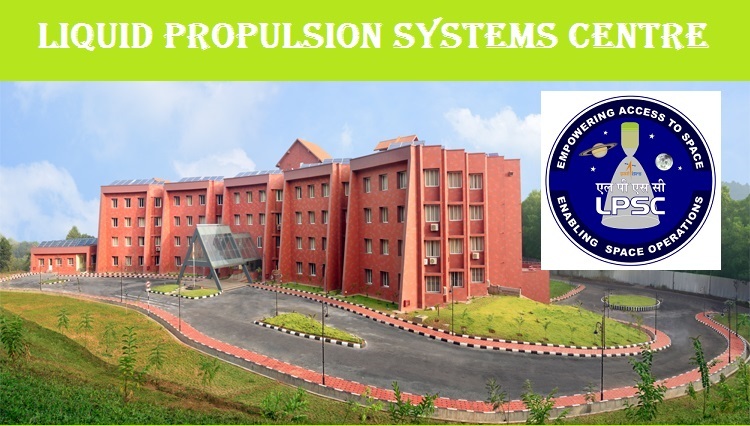
4. U R Rao Satellite Centre
The U.R. Rao Satellite Centre (URSC), Bengaluru, previously known as the ISRO Satellite Center (ISAC), is the primary facility for developing satellites and satellite technologies. This spacecraft is used to provide various users with applications in the fields of navigation, communication, remote sensing, meteorology, interplanetary exploration, and space science. In addition, the center is looking into sophisticated technology for future missions. URSC is home to cutting-edge satellite construction facilities. The ISRO Satellite Integration and Test Establishment (ISITE) houses a 29-ton vibration facility, a 6.5-meter thermo-vacuum chamber, a compact antenna test facility, and an acoustic test facility under one roof.

5. ISRO Propulsion Complex
The ISRO Propulsion Complex (IPRC), Mahendragiri, is outfitted with cutting-edge, technologically advanced products for the Indian space programme. Previously known as LPSC, Mahendragiri, IPRC was elevated to IPRC on February 1, 2014, in light of the future growth of our nation’s space programme and the concomitant expansion at Mahendragiri. The following activities are carried out at IPRC, Mahendragiri: assembly, integration, and testing of earth-storable propellant engines, cryogenic engines, and stages for launch vehicles; high elevation testing of upper stage engines and spacecraft thrusters, as well as testing of their sub-systems; manufacturing and distribution of cryogenic propellants for the Indian cryogenic rocket programme, and so on.
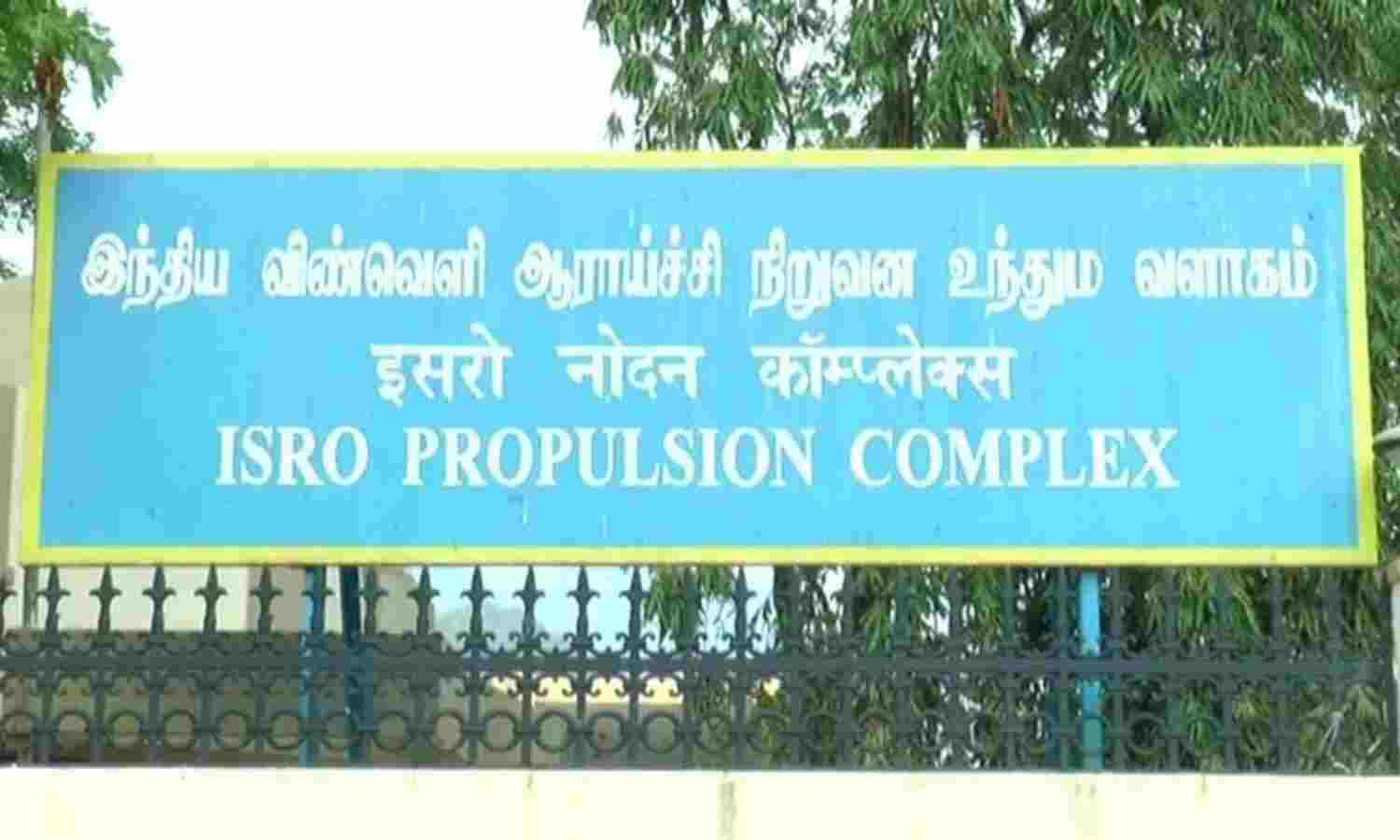
6. Space Applications Center
The Space Applications Center (SAC) in Ahmedabad is divided into two campuses with multidisciplinary activities. The Center’s core competency is the development of space-borne and airborne instruments and payloads, as well as their implementation for nation-building and societal benefit. These applications cover various topics and primarily serve the country’s communication, navigation, and remote sensing needs. Aside from these, the center made significant contributions to ISRO’s scientific and planetary missions such as Chandrayaan-1, the Mars Orbiter Mission, and others. The communication transponders developed at this center for the Geo Synchronous Satellite (GSAT) and Indian National Satellite (INSAT) series of satellites are used by the government and private sector for VSAT or DTH, Internet, broadcasting, telephones, and other applications.
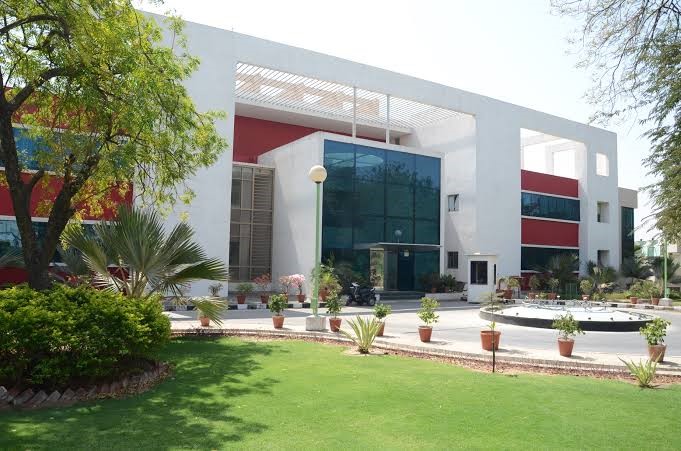
7. National Remote Sensing Center
The National Remote Sensing Center (NRSC) in Hyderabad is in charge of remote sensing satellite data acquisition and processing, aerial remote sensing, data dissemination, and decision support for disaster management. NRSC operates a data reception station in Shadnagar, near Hyderabad, to receive data from Indian remote sensing satellites and others. The NRSC Ground Station in Shadnagar collects Earth Observation data from Indian remote-sensing satellite systems and foreign satellites. NRSC is also working on remotely sensed data application projects with users.
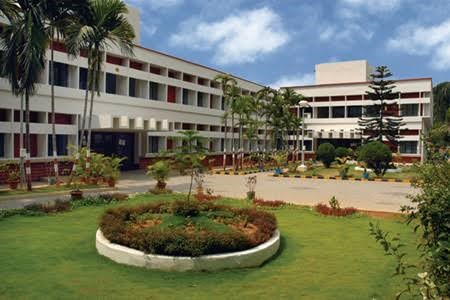
8. ISRO Telemetry, Tracking, And Command Network
ISRO Telemetry, Tracking, and Command Network (ISTRAC), located in Bengaluru, is tasked with providing tracking support for all ISRO satellite and launch vehicle missions. The main goals are to carry out mission operations for all active remote sensing and scientific satellites, to provide telemetry, tracking, and command (TTC) services from launch vehicle lift-off to satellite injection into orbit, and to estimate its preliminary orbit in space or to develop hardware and software. ISTRAC has established a ground station network in Bengaluru, Lucknow, Mauritius, Sriharikota, Port Blair, Thiruvananthapuram, Brunei, Biak (Indonesia), and the Deep Space Network Stations to achieve these goals.
![]()
9. ISRO Intertial Systems Unit
ISRO’s Inertial Systems Unit (IISU), Thiruvananthapuram, is in charge of designing and developing inertial systems for ISRO’s launch vehicles and spacecraft programmes. Major systems such as inertial navigation systems based on mechanical and optical gyros, attitude reference systems, rate gyro packages, and accelerometer packages are developed in-house and used in ISRO missions. IISU also designs and produces actuators and techniques for spacecraft and related applications. IISU is also involved in ongoing R&D.
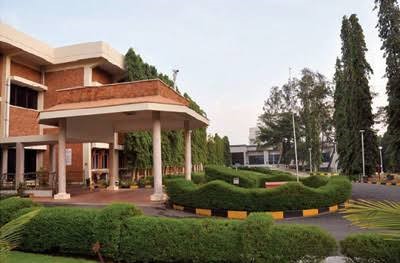
10. Electro-Optics System Laboratory
The Laboratory for Electro-Optics Systems (LEOS) is located in Peenya Industrial Estate in Bengaluru, where the first Indian satellite was built in 1975. LEOS, one of ISRO’s vital units, is responsible for the design, development, and production of attitude sensors for all GEO, LEO, and interplanetary missions; it also develops and delivers optical systems for remote sensing and meteorological payloads. It has world-class fabrication, coating, and testing facilities. Next-generation technologies such as 3-axis Fiber Optics Gyro, Optical Communication, MEMS, Nanotechnology, Detectors, and the development of science payloads for future space missions are also being pursued.
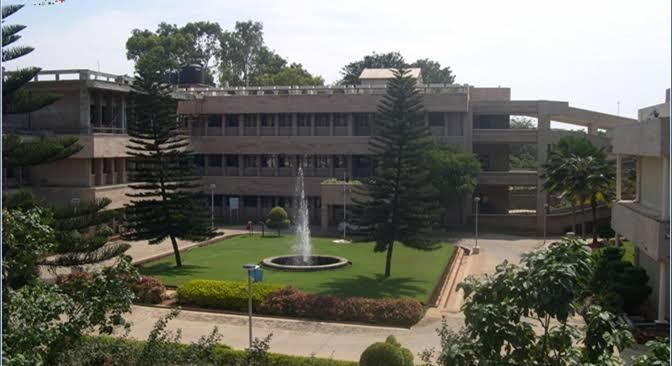
11. The Development and Educational Communication Unit
The Development and Educational Communication Unit (DECU) in Ahmedabad is dedicated to bringing societal applications based on satellite communication to fruition in the country. DECU’s primary activities include SATCOM network configuration, implementation, upgrade, migration, utilization, maintenance, social research and evaluation, programme production and transmission, and training. It collaborates with user agencies and tests, allowing for the formation to meet their needs as well as assisting in covering the “last mile” in space missions to achieve the unreached. DECU’s major programmes include Telemedicine (TM), Tele-Education (TE), projects that resulted from a national meeting of space technology and tools, and other SATCOM-based applications for national development.
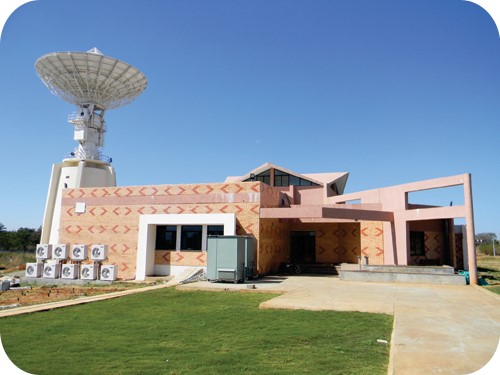
12. The Indian Institute of Remote Sensing
The Indian Institute of Remote Sensing (IIRS) located in Dehradun, is a premier institute that aims to build capacity in remote sensing and geoinformatics and their applications through postgraduate education and training programmes. The Institute also hosts and supports the UN-affiliated Centre for Space Science and Technology Education in Asia and the Pacific (CSSTE-AP). The Institute’s training and education programmes are designed to meet the needs of various target/user groups, including working, middle, and supervisory level professionals, fresh graduates, scientists, academia, and decision-makers. Courses last from one week to two years.

13. Master Control Facility
The Master Control Facility (MCF) in Hassan, Karnataka, Bhopal, and Madhya Pradesh monitors and controls all of ISRO’s geostationary and geosynchronous satellites, including the INSAT, GSAT, Kalpana, and IRNSS series. MCF is in charge of satellite orbit raising, in-orbit payload testing, and on-orbit operations throughout the satellite’s lifetime. MCF activities include continuous tracking, telemetry, and commanding (TT&C) operations and special operations such as eclipse management, station-keeping maneuvers, and recovery actions in an emergency. MCF collaborates with User Agencies to maximize the use of satellite payloads and minimize service disruptions during special operations.
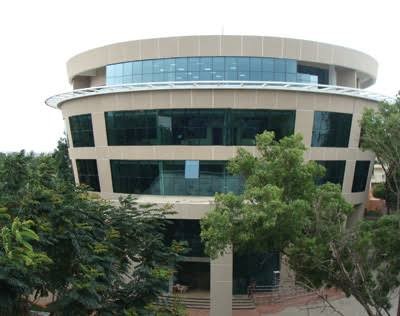
14. ISRO and the Department of Space
The primary goal of the Department of Space (DOS) is to promote the development and application of space science and technology to aid in the overall development of the nation. The establishment of the Indian National Committee for Space Research (INCOSPAR) in 1962 marked the beginning of the country’s space activities. The construction of the Thumba Equatorial Rocket Launching Station (TERLS) near Thiruvananthapuram began the same year. In August 1969, the Indian Space Research Organization (ISRO) was established. In June 1972, the Government of India formed the Space Commission and founded the Department of Space (DOS). In September 1972, ISRO was transferred to DOS.
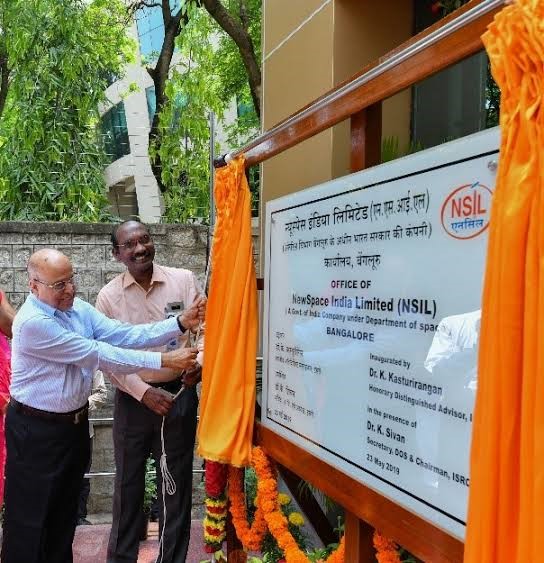
15. Antrix Cooperative Limited
Antrix Corporation Limited (ACL), Bengaluru, is a wholly owned government of India company that reports to the Department of Space. Antrix Corporation Limited was founded in September 1992 as a private limited company owned by the Government of India as a marketing arm of ISRO for the promotion and commercialization of space products, the transfer of ISRO-developed technologies, and technical consultancy services. Another major goal is to facilitate the development of space-related industrial capabilities in India. Antrix, ISRO’s commercial and marketing arm, provides space products and services to international customers worldwide.
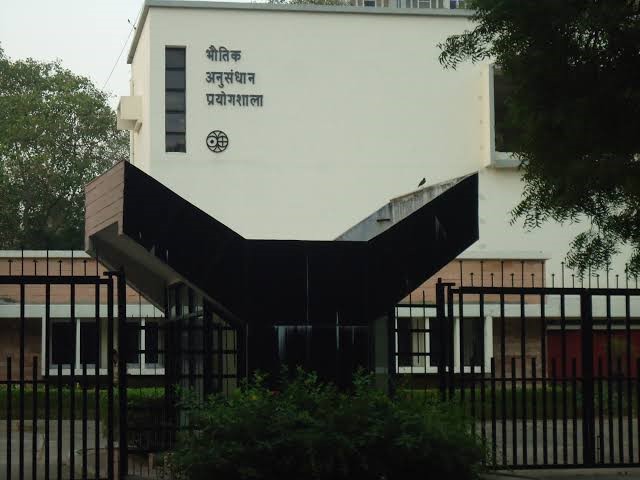
16. NewSpace India Limited
NewSpace India Limited (NSIL), founded on March 6, 2019 (under the Companies Act, 2013), is a fully owned Government of India corporation that reports to the Department of Space (DOS). NSIL is the economic weapon of the Indian Space Research Organization (ISRO), with the ultimate goal of empowering Indian industries to engage in high-tech space-related activities. It is also managing and commercializing products and services derived from the Indian space programme. NSIL draws on the proven legacy of the Indian Space Program and ISRO’s vast experience in various branches of space technology to meet the needs of its customers.
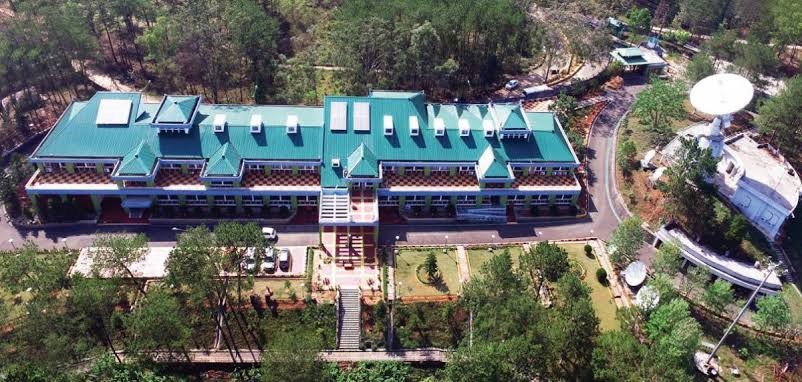
17. Physical Research Laboratory
The Physical Research Laboratory (PRL) Ahmedabad is an autonomous unit of DOS and a premier research institute engaged in basic research in Astronomy and Astrophysics, Optical physics, Theoretical Physics, Solar Physics, Planetary Science and Exploration, Geosciences, Space and Atmospheric Sciences, Atomic, Molecular, and Astro-chemistry. At present, PRL is actively involved in the planetary exploration programme, and substantial progress has been made in the fields of planetary sciences and exploration. Stellar and solar astronomy research is carried out from the Mt. Abu Infrared Observatory and a lake-site solar observatory in Udaipur, respectively. Another campus in Ahmedabad, Thaltej, is home to the planetary exploration (PLANEX) programme.
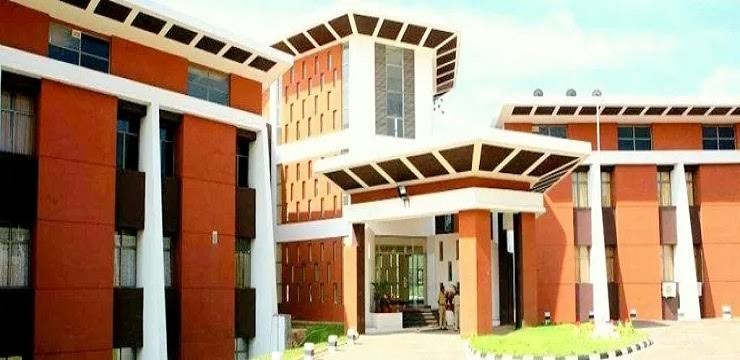
18. North Eastern-Space Applications Centre
The North Eastern-Space Applications Centre (NE-SAC) in Shillong is a joint DOS and North Eastern Council (NEC) initiative to provide essential support in preparing for the North Eastern Region (NER) through the use of space science and technology. The center’s mandate is to create high-tech infrastructure support to play a catalytic role in the holistic development of India’s NER by offering space research and development assistance. The center also collaborates with the NER’s State Remote Sensing Application Centers. It serves as a node for implementing major regional and national programmes on natural resource management, healthcare, emergency communication, infrastructure planning, education, and atmospheric science research, and also the early warnings for disaster management support.
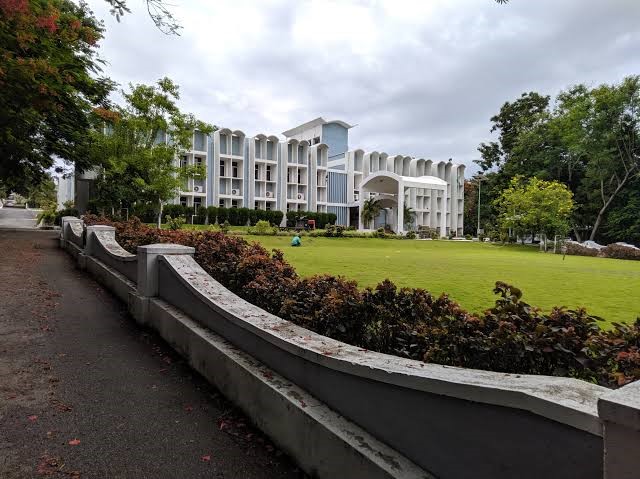
19. Indian Institute of Space Science and Technology
The Indian Institute of Space Science and Technology (IIST), Asia’s first space university, was founded in Thiruvananthapuram in 2007 with the goal of providing high-quality space science and technology education to meet the demands of the Indian Space Programme. Undergraduate, postgraduate, doctoral, and post-doctoral programmes are available at the institute in various areas related to space science, technology, and applications. The center is committed to teaching, learning, and research excellence. IIST promotes cutting-edge space research and development while serving as a think tank for the Indian Space Programme. IIST is a residential college located in Valiamala, about 20 kilometers from Thiruvananthapuram.
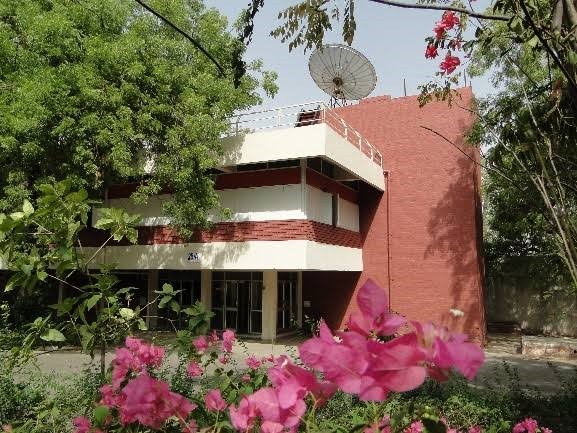
20. National Atmospheric Research Laboratory
The National Atmospheric Research Laboratory (NARL) in Gadanki, near Tirupati, is a DOS-supported autonomous society that conducts atmospheric research. NARL is involved in developing observations, technology, dissemination, data archival, modeling, and assimilation. The Ionospheric and Space Research Group, Radar Application and Development Group, Cloud and Convective Systems Group, Atmospheric Structure and Dynamics Group, Radiation and Trace Gases Group, Weather and Climate Research Group, and Computers and Data Management Group are the major groups that conduct research at NARL.
